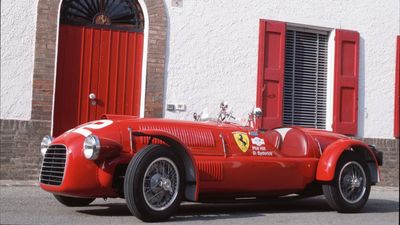
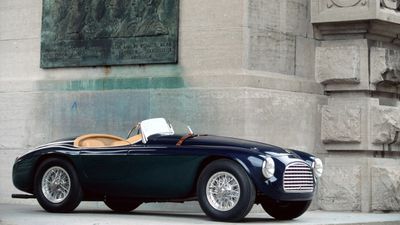
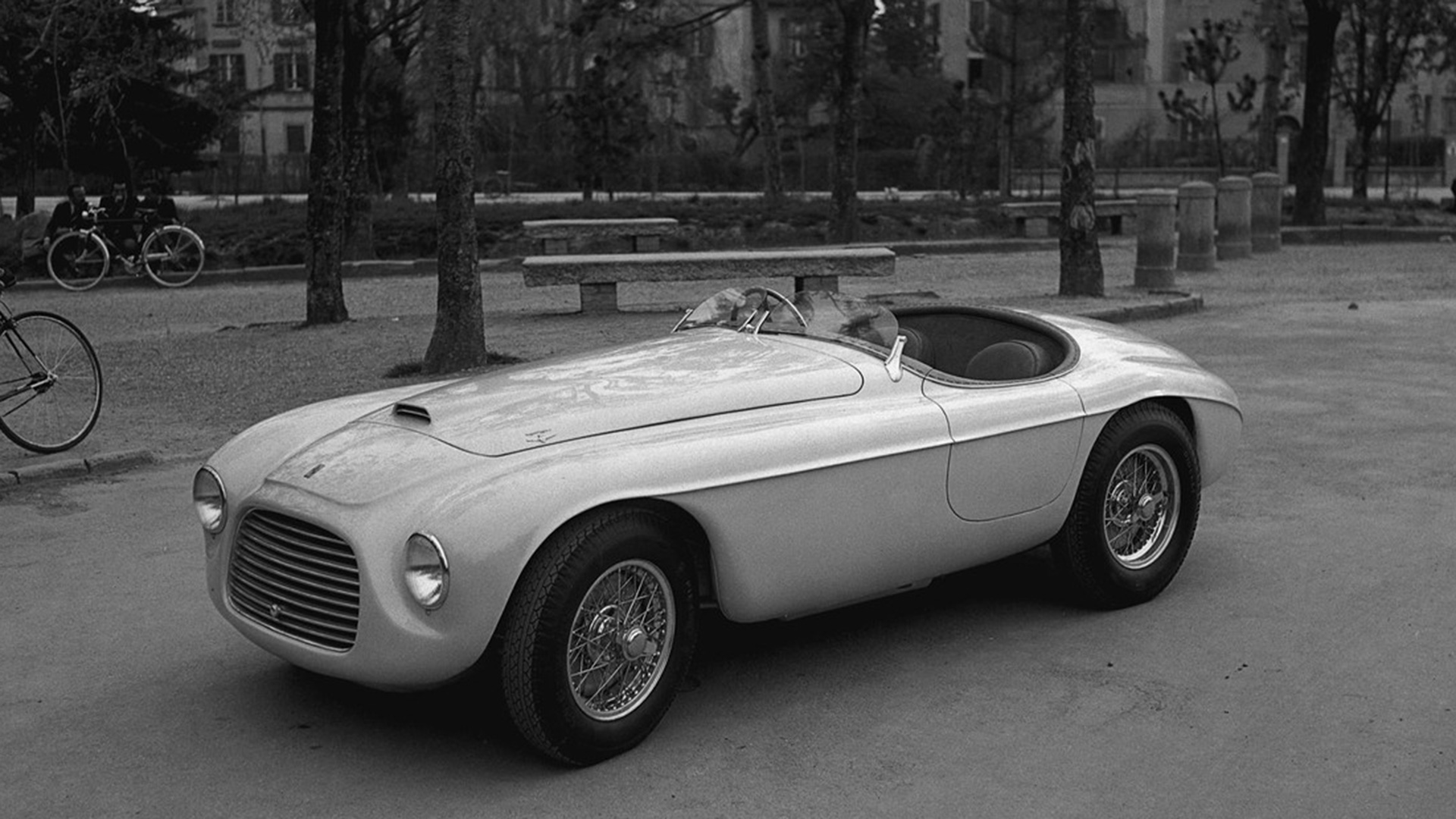





TRIUMPH AT LE MANS
THE FIRST SUCCESS IN THE 24 HOURS


TRIUMPH AT LE MANS

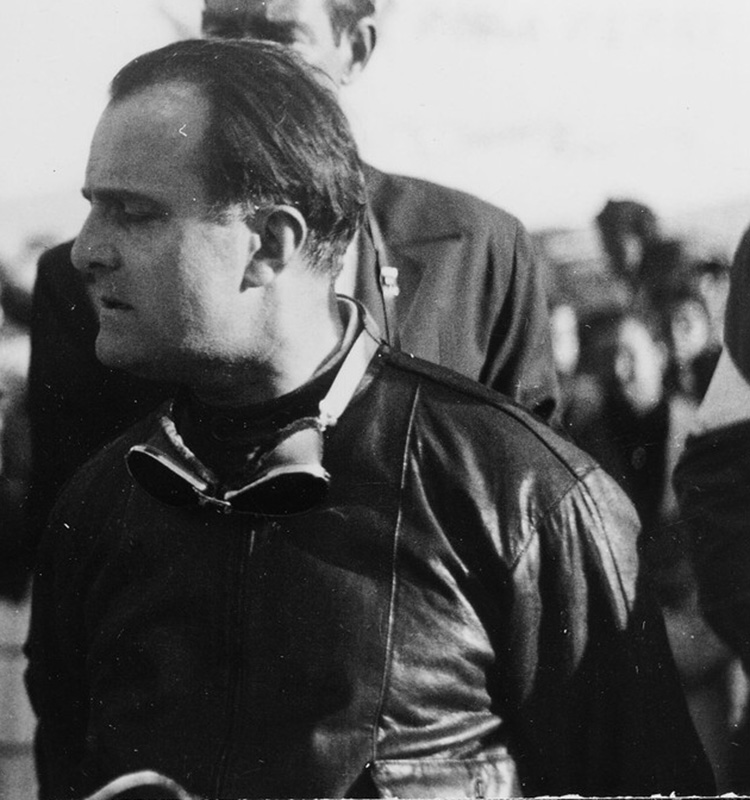
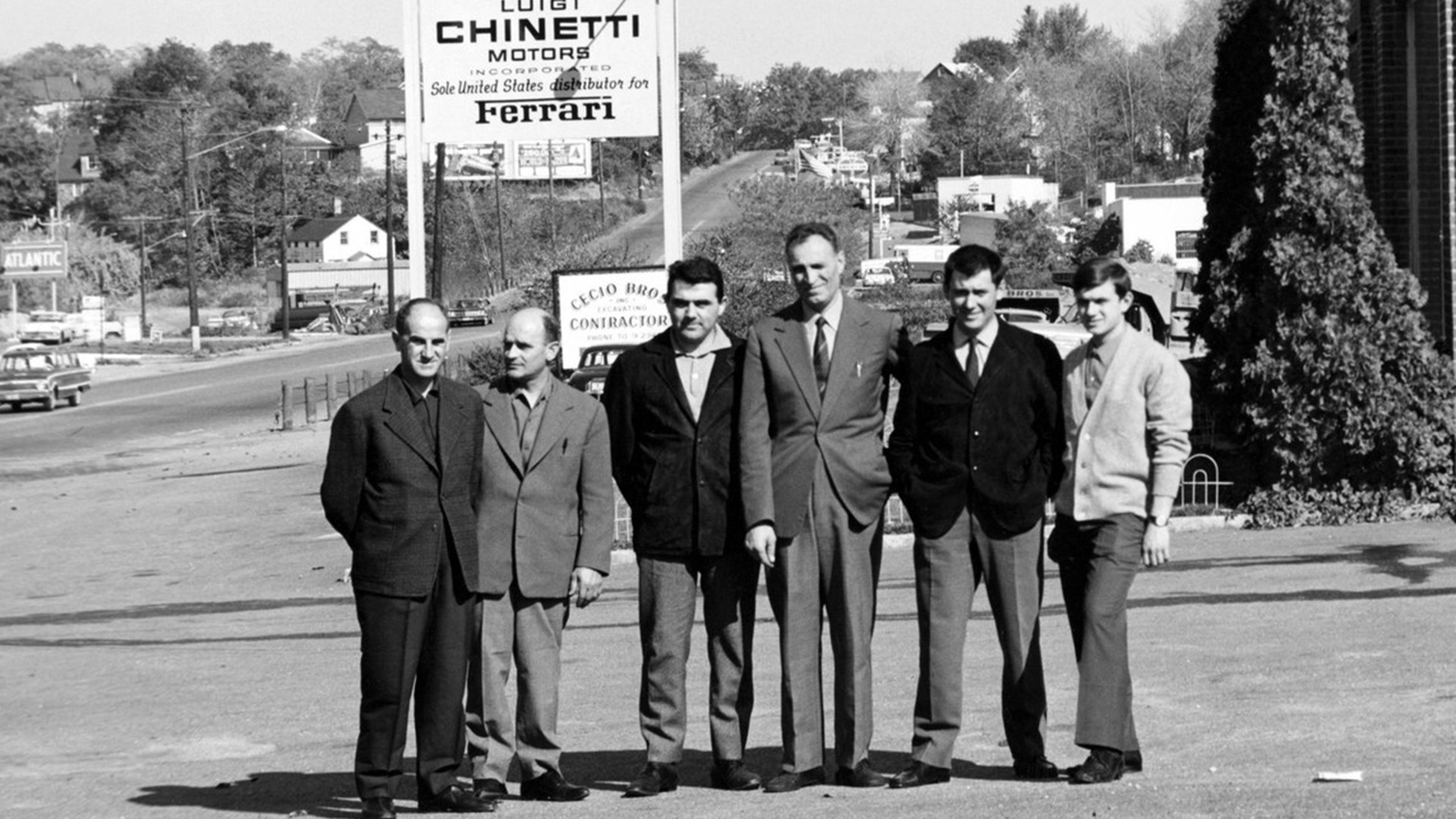
Discover other stories
- 1948Launch of 166 MM: Ferrari History
- 1950A RED MILLE MIGLIA: Ferrari History
TRIUMPH AT LE MANS
The hours seemed to crawl by and eventually he began losing track of them. But, nonetheless, Luigi Chinetti continued to clutch the steering wheel of his car as it ate up the asphalt on a circuit he now knew by heart. It was a long haul. Very long. 13,492 km, in fact. Chinetti had been working as one with his car for over 20 hours. It was just the two of them together against everyone – and everything – else.
His co-driver and the car’s owner, Lord Selsdon, better known as Peter-Mitchell Thomson, had become unwell and, after just an hour or so behind the wheel, was forced to throw in the towel.That left Chinetti as master of his own destiny. So began his battle against the clock, his rivals and the laws of mechanics but, in the end, he succeeded and in doing so became one of the all-time greats of motorsport. In 1949, Chinetti became the first man to win the world’s toughest, most famous and spell-binding race, the 24 Hours of Le Mans, on three consecutive occasions. Chinetti was Italian-born but lived in America. He’d originally gone to the States in May 1940 to race at Indianapolis, but within a few days of his arrival Italy entered the War. In the end, Chinetti made the wise decision to stay in the US and take up American citizenship. That said, he remained an Italian at heart, which partly explains his desire to import the cars built by his friend, Enzo Ferrari, into the States. At the end of the War, in fact, Chinetti returned to Italy and paid the Drake a visit. He wanted to race Ferrari’s blistering cars for a very simple reason: to boost their sales.

Ferrari and Chinetti had first become friends through motor racing, as they had mutual links to Alfa Romeo. Chinetti won the gruelling Sarthe marathon in both 1932 and 1934 in the gorgeous Alfa 8C. He enjoyed a very long racing career: a full 15 years after his victory at Le Mans he was still at the top his game and highly motivated. He was also just about to give a constructor that had only been running for two years its first victory in the illustrious 24 Hours of Le Mans. The win came against all odds as it was the first time a 2-litre car or a V12 engine had triumphed.

The 166 MM Barchetta shot across the finish-line to victory, effectively launching a new game-changing marque on the international scene: the Prancing Horse. The 166 MM had already proved its mettle when Clemente Biondetti drove it to victory in the Mille Miglia. This was the same chassis, in fact, used by Chinetti and Lord Selsdon when they won at Le Mans. Just two weeks after the Le Mans’ win, Luigi Chinetti triumphed in the 24 Hours of Spa in another 166 MM, with Jean Duras as his co-driver. As predicted, the victories did the trick and he sold several cars in the US that same year.
